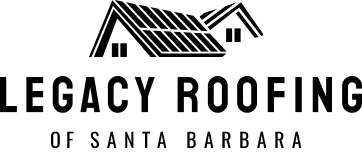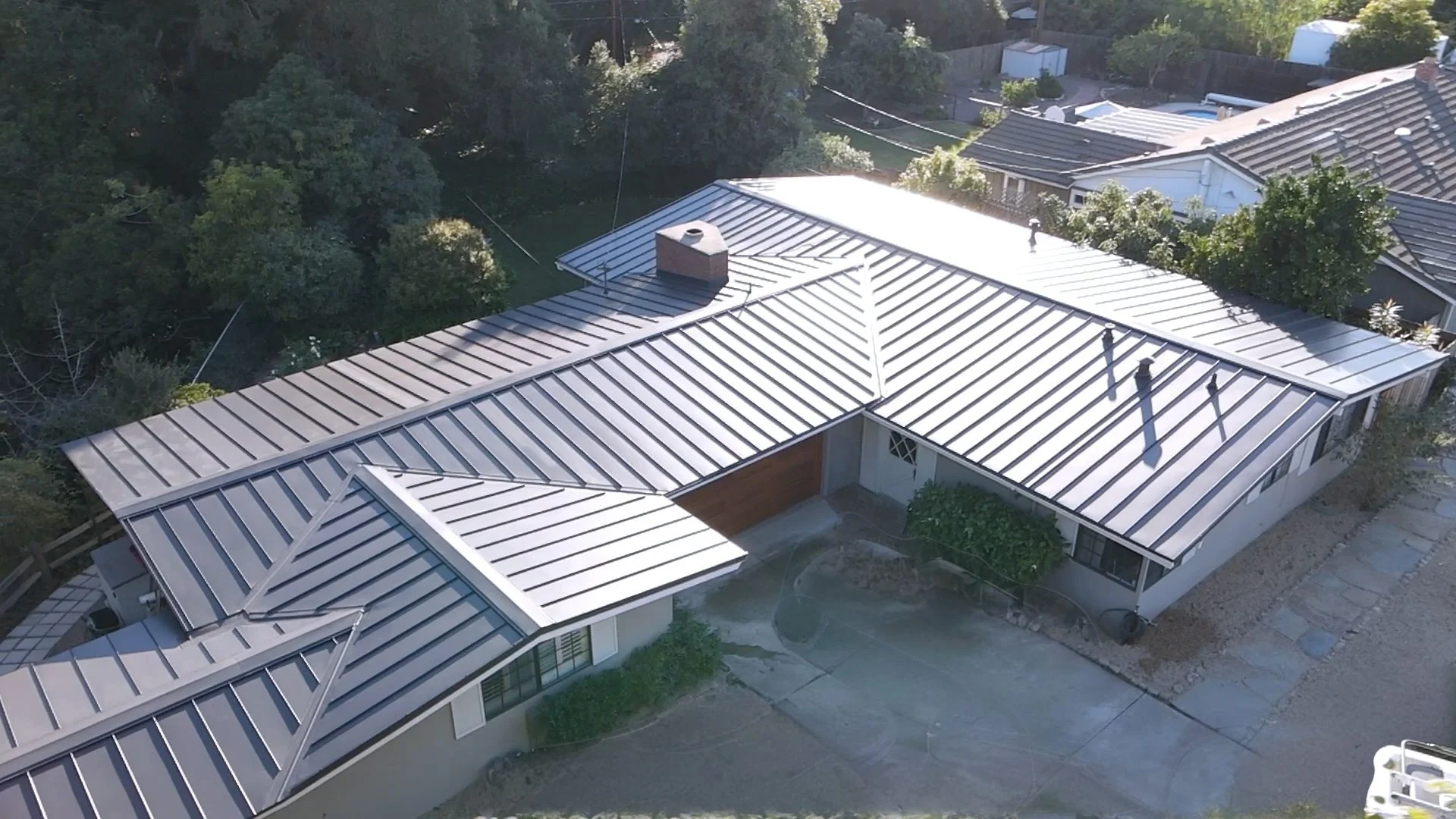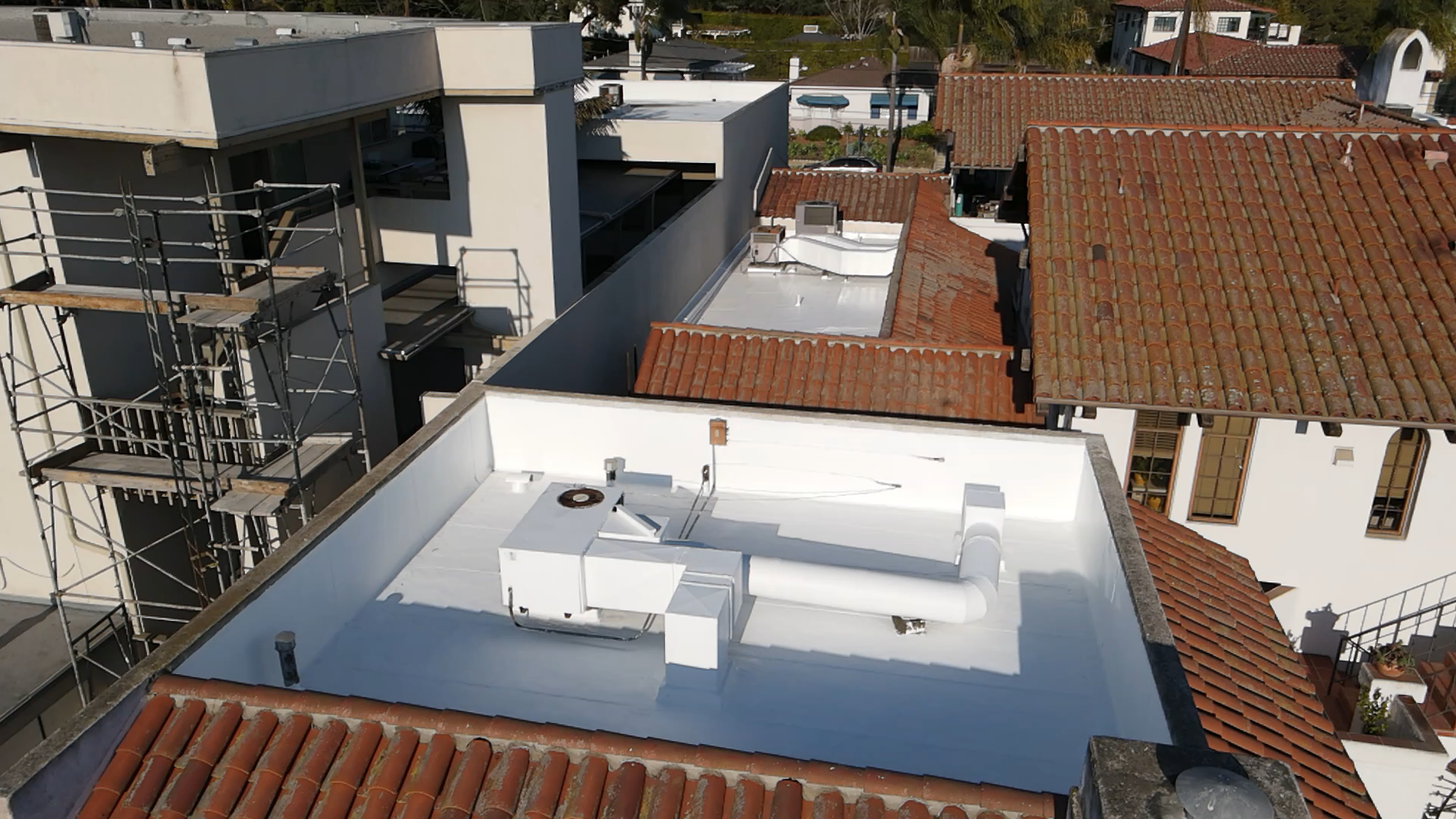Can You Put a Metal Roof Over Shingles?
Can You Put a Metal Roof Over Shingles - Quick Summary
It’s possible to install a metal roof over shingles — but in Santa Barbara, it’s almost always a bad idea. Strict local fire codes, hidden damage, waterproofing concerns, warranty voids, and long-term maintenance headaches make the shortcut risky. Even if skipping the tear-off seems cheaper, Legacy Roofing’s in-house dump truck helps make proper tear-downs more cost-effective — and the result is a longer-lasting, fully code-compliant roof.
Why Roof-Over Installs Sound Good (at First)
The pitch is simple: skip the tear-off, save time, save money. No messy shingle removal, no rental dumpsters, and a faster completion time.
But here’s the problem: those “savings” come with serious trade-offs, most of which aren’t obvious until years later, when repairs or replacement cost far more than the tear-off you avoided. And in Santa Barbara, building code often makes the decision for you.
The Real Problems With Metal-Over-Shingle Installs
1. Santa Barbara’s Fire Code Prohibits It in many Cases
The Santa Barbara Municipal Code §R905.10.1 clearly states:
“Metal roof panel coverings shall not be installed over combustible shingles or shakes.”
Asphalt shingles, especially aged or dried-out ones, are combustible. Even though metal panels are fire-resistant, the layer beneath can still ignite from embers or heat. In wildfire-prone Santa Barbara, that’s a major hazard and likely a code violation.
2. You Can’t Inspect What’s Underneath
Skipping the tear-off hides the roof decking. Any rot, mold, or structural problems remain buried and can spread. This is one of the top reasons we and other roofing pros advise against it.
3. Warranty Voids Are Common When Metal Is Placed Directly on Shingles
Some metal roofing manufacturers prohibit installation over rough, granular surfaces. A sample warranty from Taylor Metal, indicative of what their actual manufacturer policy could include, specifically calls out abrasive underlayments:
“Roofing underlayment’s that have granular or abrasive surfaces that can abrade any portion of the Roof System.”
This issue is most common when installers avoid using furring strips and instead lay the metal directly on the shingles. In that setup, shingles act like sandpaper under your panels, and thermal movement can grind away the underside of the metal, voiding your warranty and shortening your roof’s lifespan.
4. Trapped Heat and Moisture
Without ventilation, a metal-over-shingle installation (like one with furring strips) can trap moisture between layers, leading to rot, mold, and corrosion. This setup can severely compromise both roofing systems over time.
While some installers use furring strips to create an air gap, this increases the cost, materials, and environmental impact (extra wood to buy for the furring strips), and it still doesn’t solve Santa Barbara’s fire code restriction.
5. Extra Weight
Layering metal over shingles and the furring strips (i.e. wood frame upon which the metal roof sits) can add up to 2 pounds or more per square foot. That might not sound like much, but for a large roof, it can stress rafters or trusses — especially if the underlying deck has hidden damage.
6. Leak Detection Becomes a Nightmare
When there’s a leak, two layers mean double the inspection area. That’s more labor, more cost, and more time before the problem is solved.
7. Not Proper Waterproofing Material
Shingles are not a proper waterproofing material when covered with metal. They’re designed as a standalone system, not as a substrate for metal roofing. When placed beneath metal panels, shingles can:
Hold moisture rather than shed it efficiently.
Allow water to wick between the layers instead of directing it away.
Create uneven surfaces that disrupt the seal of the metal panels.
This means you’re not getting the full waterproofing performance you expect from a new metal roof.
8. Unattractive, Oversized Edge Metal Required
Covering shingles with metal often forces the use of oversized edge trim to hide the bulk of the layered materials. Not only can this look clunky from the ground, but it can also disrupt the intended aesthetic of your metal roof.
Tear-Off Costs: The Real Picture in Santa Barbara
On August 6, 2025, when calling Marborg in Santa Barbara about pricing for an 11-yard roll-off container, their fees were:
Delivery: $100
Haul per load: $210
Daily rental: $4.50/day
Dump fee: ~$145/ton for construction and demolition materials (C&D)
These fees are for reference only and can change, but they show how costs can add up for a roof tear-off.
Legacy Roofing advantage: We own our own dump truck, so we don’t need to rent roll-offs or pay outside haul fees. This allows us to pass savings on to our customers and handle debris removal faster, without waiting for third-party haulers.
The Bottom Line: Tear It Off for a Better Roof
Even though metal-over-shingle installs are technically possible in some areas, in Santa Barbara they’re almost always against code — and even where legal, they come with structural, waterproofing, warranty, and aesthetic downsides. For more reason to install a metal roof, check out our blog post comparing metal to shingle roofs.
A full tear-off ensures:
Full compliance with local building and fire codes.
The ability to inspect and repair decking.
Proper waterproofing and ventilation.
A cleaner, more attractive finished roof.
At Legacy Roofing of Santa Barbara, we specialize in metal roofing done right — and our in-house debris removal keeps your costs competitive.
Ready for a roof that’s safe, compliant, and built to last? Contact us today for a free inspection.
Author Bio
Jeremy Burrey, owner of Legacy Home Roofing, is a roofing expert with over 20 years of hands-on experience. He specializes in metal roofing, valued for its durability, fire resistance, and long lifespan. As a full-service roofer and second-generation craftsman, he carries on his family's tradition of quality construction in Santa Barbara, bringing expertise in everything from elegant slate roofing to modern metal systems. Jeremy personally oversees each job to ensure top-notch results, regardless of the material.






